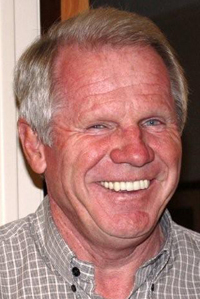
Kim Sanchez Rael, General Partner, Flywheel Ventures
Jim Collins, author of Built to Last and Good to Great, and an old friend of mine, has written that the critical questions in life are who-decisions, not what-decisions. “The primary question is not what mountains to climb but who should be your climbing partner,” he writes. As professional investors, our evaluation of each potential investment opportunity emphasizes the entrepreneurial team more than market strategy, technology or financial projections. When evaluating the pros and cons of bringing on an investor as a partner in your business, your considerations should be similarly weighted toward who-decisions. Professional investors should provide assistance and value in many areas beyond financial resources. Here are some key areas to consider when selecting an investment partner:








